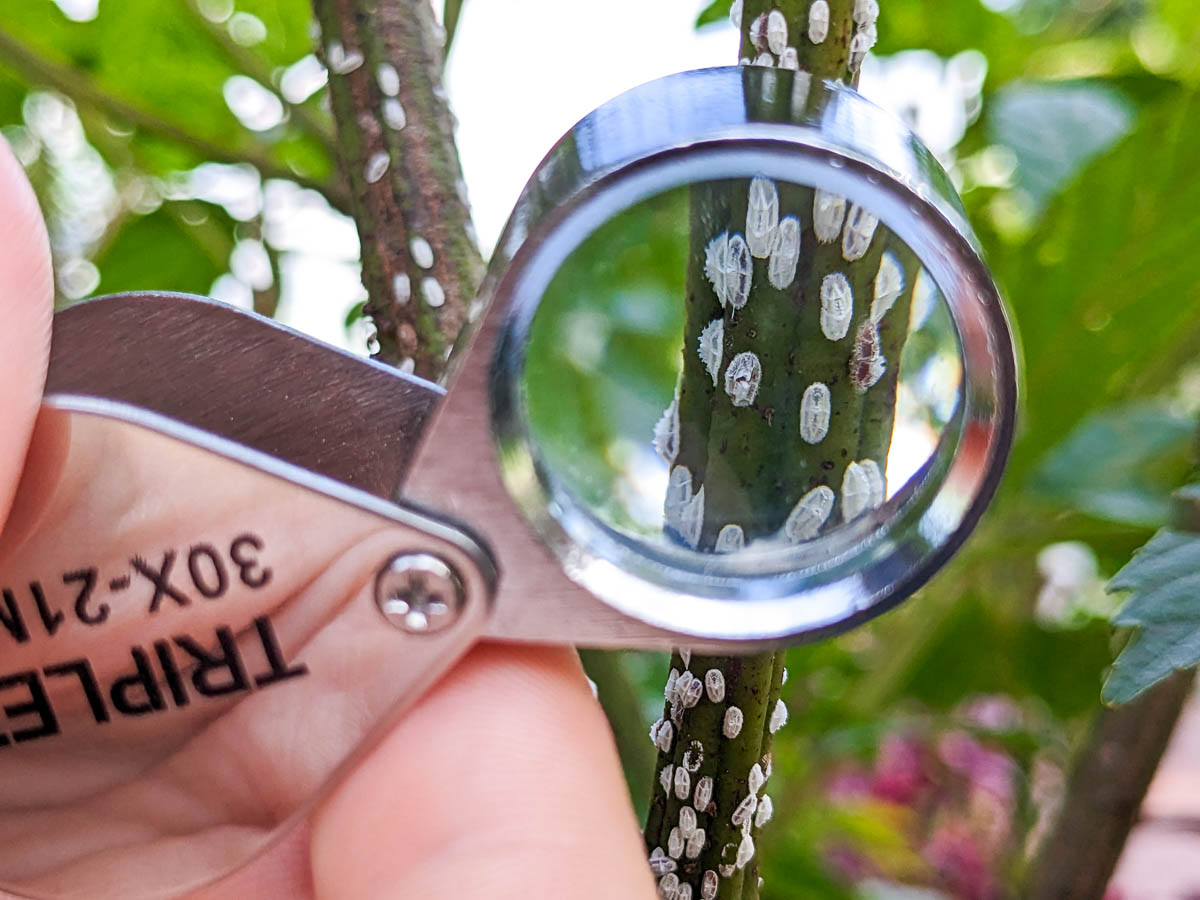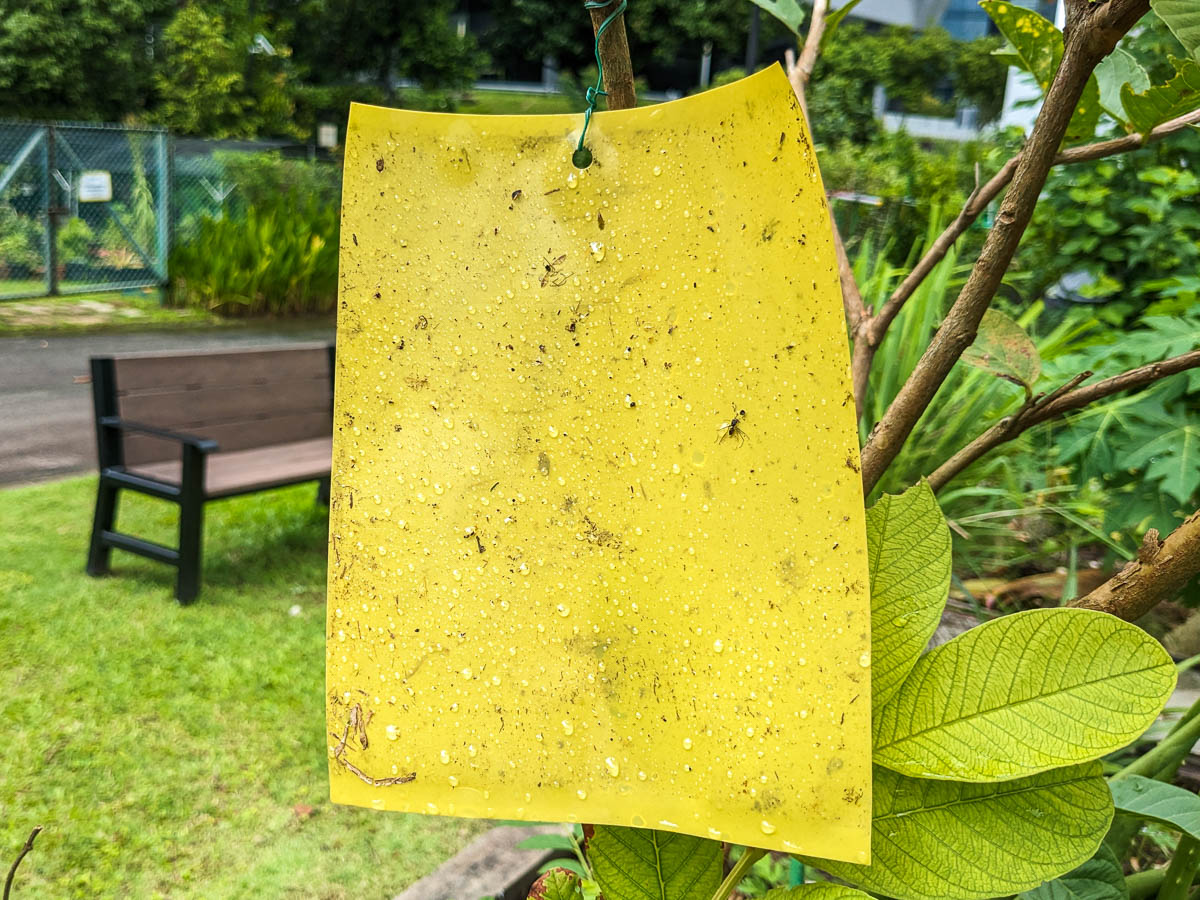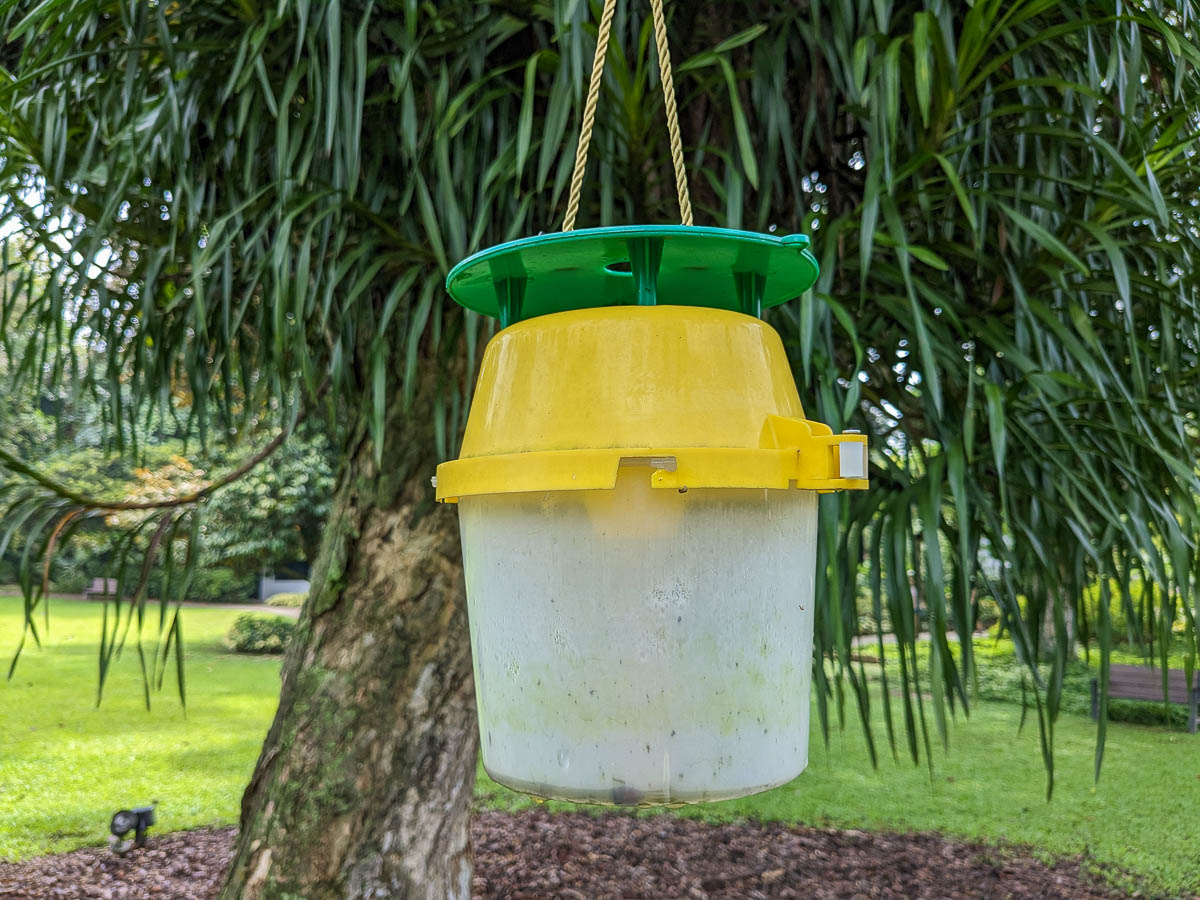Finding plant pests

Knowing your enemy is the most important part of plant pest management. Look for signs of pests in your garden, and learn about their life cycle and habitats to help treat each one individually. You can also use our plant pest identifier tool and our plant pest pages to identify pests in your garden.
Finding pests visually
The first step to observing pests is finding them! Some pests will boldly sit on your damaged plant in broad daylight, but many others will hide. Some places to check near and around damaged plants are:
- Under and on top of leaves
- Along leaf veins
- In rolled up leaves
- At the joint between leaves and stems
- Along stems
- Inside fruits or stems with holes
- Under and between pots
- In the soil
Finding pests through trapping
Sometimes pests can elude even the keenest of eyes, or they may only come out at odd hours. When all else fails, gardeners can consider using traps. The traps listed here should be for the purpose of identifying what pests are present and are not meant to be for long-term control. Long-term control strategies should be more specific and have less impact on other forms of biodiversity.

Sticky traps are pieces of paper or plastic coated in glue or petroleum jelly, and are good for trapping a broad range of flying pests. Yellow traps attracts most insects, while blue traps are good for capturing thrips. Take note that you should deploy the traps for a short period of time, generally up to two days or less. This is because sticky traps can also trap beneficial biodiversity like pollinators and predators, and thus should not be used as a long term control solution.

Pheromone traps come in many shapes and sizes, but generally are shaped like containers with a pheromone diffuser inside. This trap uses chemicals such as pheromones to attract and trap insects. This trap is good for trapping specific pests, as specific pheromones will attract specific species of pests.

